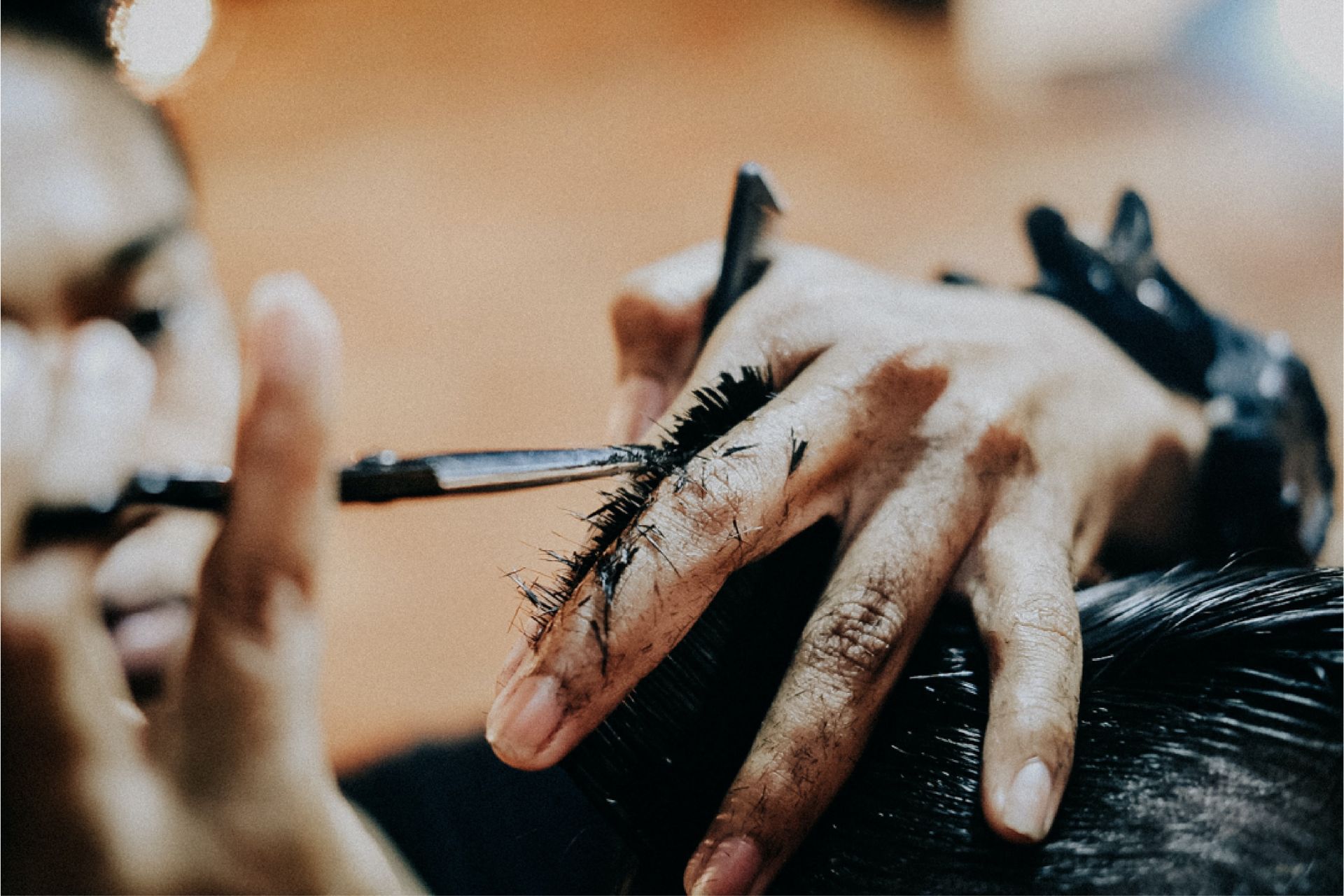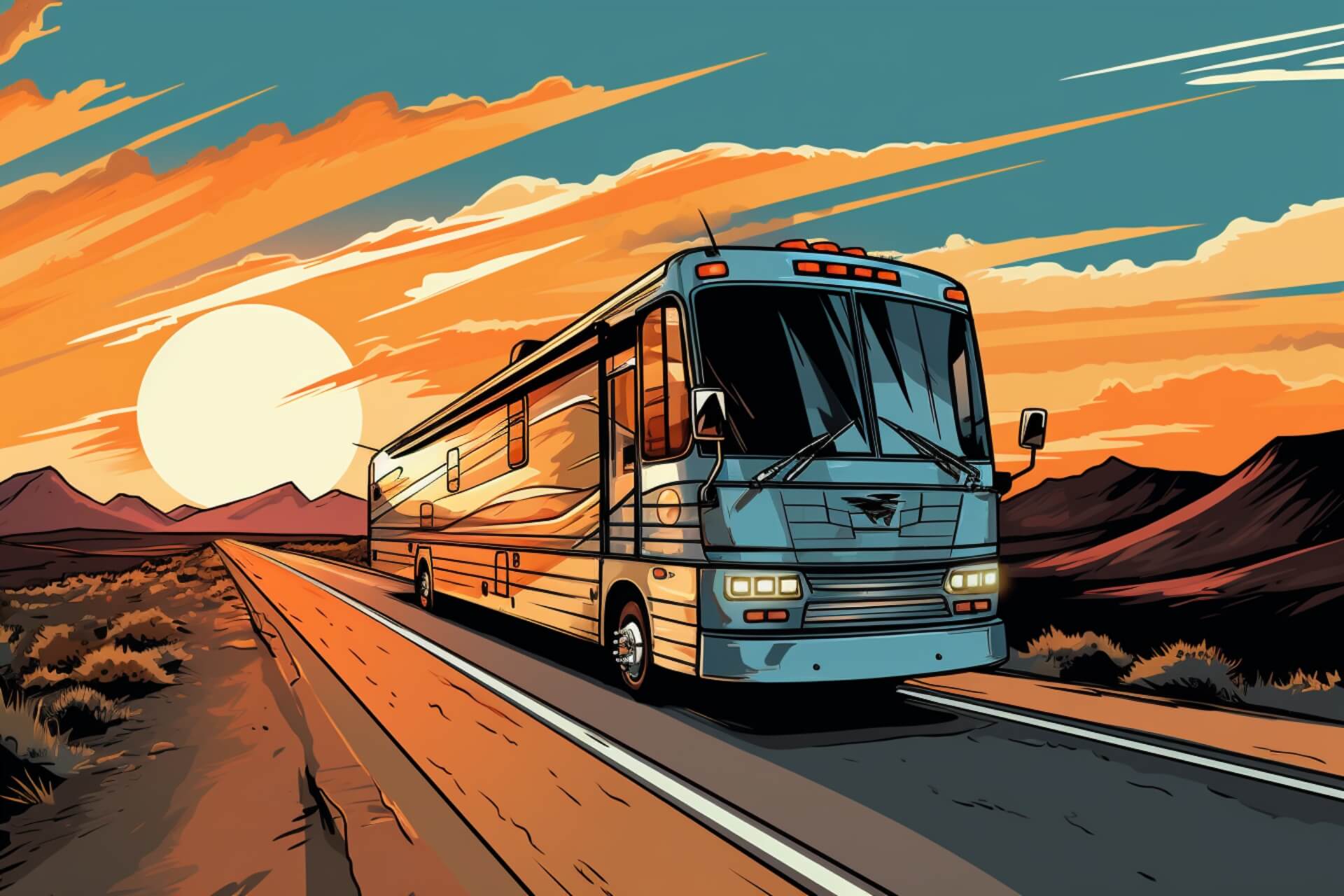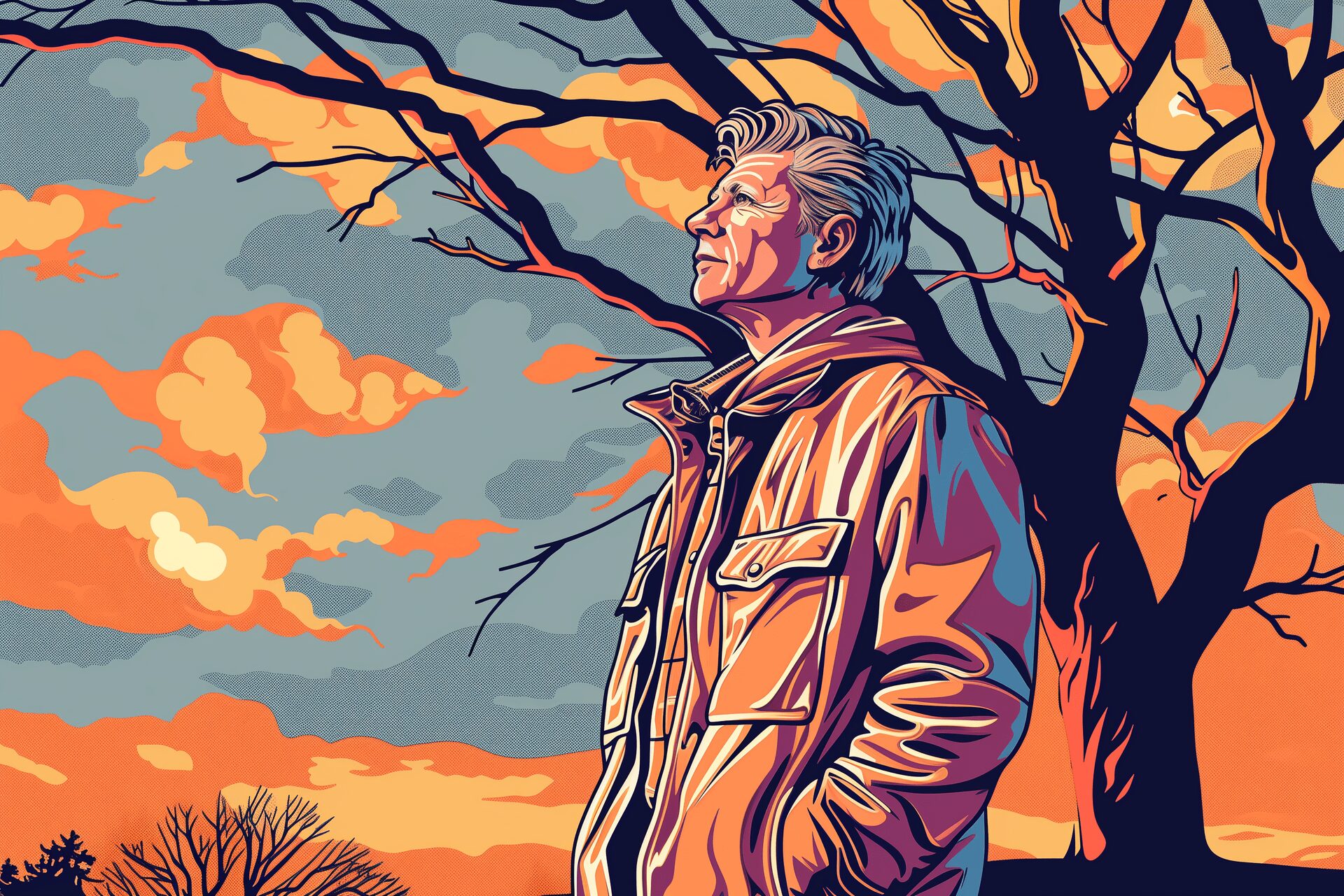Maturing Hairline vs. Receding: What’s the Difference?
Aug 12, 2022

As an Amazon Associate, Modded gets commissions for purchases made through links in this post.
Your hairstyle is a defining feature of your appearance. A good hairstyle can go a long way, but if you walk out of the barbershop with a bad haircut? It’s a nightmare.
While a bad haircut will always grow out, you have less control over some other aspects of your hair. For example, you might feel concerned or insecure about your hairline. You’ve probably heard of “maturing” and “receding” hairlines. Do you know the difference between these two?
Below, we’ll discuss hairlines and the differences between a maturing hairline vs a receding one.
Why Your Hairline Matters
One of the most important aspects of your hairstyle is your hairline. Everyone has a unique hairline with different shapes and distinct heights. Hairlines essentially serve as a frame for your face.
A few factors play a role in your hairline, including genetics, hormones and lifestyle choices. For example, if you style your hair a certain way for years and years, it could impact your hairline over time.
Age also affects your hairline. As you age, your hairline and your hair will likely go through some changes. This is normal and expected! If you have a hairline you dislike, there are some ways you can do to alter it, but we’ll get into that later.
Types of Men’s Hairlines
Most people have a hairline that fits into one category. Here are the most common types of men’s hairlines:
- Low hairline
- Middle hairline
- High hairline
- Receding hairline
- Maturing hairline
- Widow’s Peak
- Cowlick
- Uneven hairline
- Straight hairline
While most hairline types are self-explanatory, it’s common for people to use the terms “maturing” and “receding” interchangeably. However, the two types of hairlines are not the same.
Maturing Hairline vs. Receding
A maturing hairline occurs when your hairline moves back from its original place. As teenagers, men have juvenile hairlines, which essentially means a full head of hair. Between the ages of 17 and 30, most men develop a mature hairline. It’s uncommon for men to keep their juvenile hairline into adulthood.
Mature hairlines usually move back by around a half-inch to an inch. Some men’s have hairlines that mature quickly, while it takes other men years to notice any shift in their hairline. Developing a mature hairline is a natural process and an inevitable part of aging.
A receding hairline is similar to a maturing hairline, except it moves more than one inch higher from where it was originally. Sometimes, men develop a receding hairline which results in an M-shaped or Widow’s Peak hairline. Think of a receding hairline as a step up from a maturing hairline.
Keep in mind that a maturing hairline does not necessarily mean your hair is receding or linked to male-pattern baldness (MBP), also referred to as androgenetic alopecia.
Here are some quick statistics about hair loss in males, according to the American Hair Loss Association:
- MBP accounts for over 95% of hair loss in men
- Two-thirds of American men experience some hair loss by age 35
- Around 85% of men have significantly thinning hair by age 50
If you notice that your hair is thinning or your hairline has shifted, just remember — you’re in good company.
Determining if Your Hairline is Maturing or Receding
There are a few defining characteristics of maturing and receding hairlines that make them different from one another. Once you know which characteristics you have, you’ll be able to determine if yours is maturing or receding.
Here are some signs that you have a mature hairline:
- The hairline moves back evenly
- The hairline is only an inch above the top crease of your forehead
- The hairline remains defined, even if its shape changed
- You have no other hair thinning or hair loss near your scalp
Here are some signs that you have a receding hairline:
- The entire hairline recedes back onto your scalp and looks more defined
- Clumps of hair fall out when showering or styling your hair
- The hair around your temples is moving back
- You have small, lightly colored hairs right in front of your hairline
By definition, all mature hairlines are receding — it’s best to describe your hairline as a mature hairline if it meets the criteria above. The main difference between the two hairlines lies in where the recession stops.
Should You Treat a Maturing or Receding Hairline?
Hair loss in men is very common, so it’s nothing to be ashamed of. Some men begin losing their hair or notice a receding hairline in their teenage years, while others keep all of their hair into adulthood. Some men choose to embrace their natural hairline and allow the aging process to occur without fighting it.
Despite the conversations around a maturing hairline vs a receding one, you can always try new hairstyles to build your confidence. You can also visit a dermatologist to treat a maturing or receding hairline. A dermatologist might prescribe minoxidil (Rogaine) or finasteride (Propecia) to a patient as a hair loss treatment option.
Whether you treat your hairline or let it change naturally is up to you. Remember — there’s more to life than stressing over your hair.





